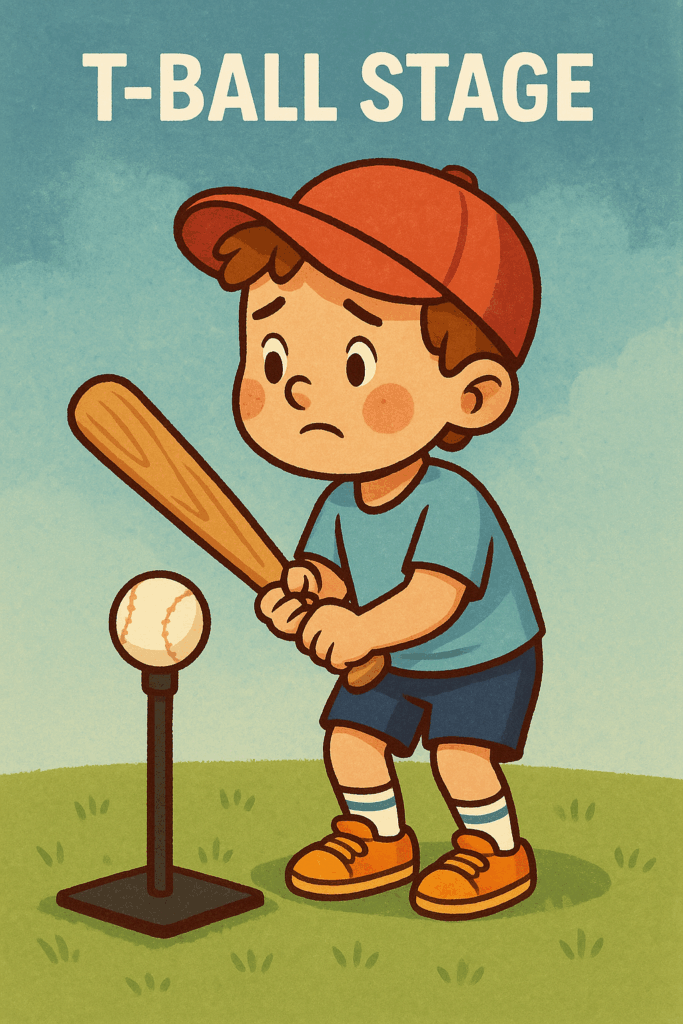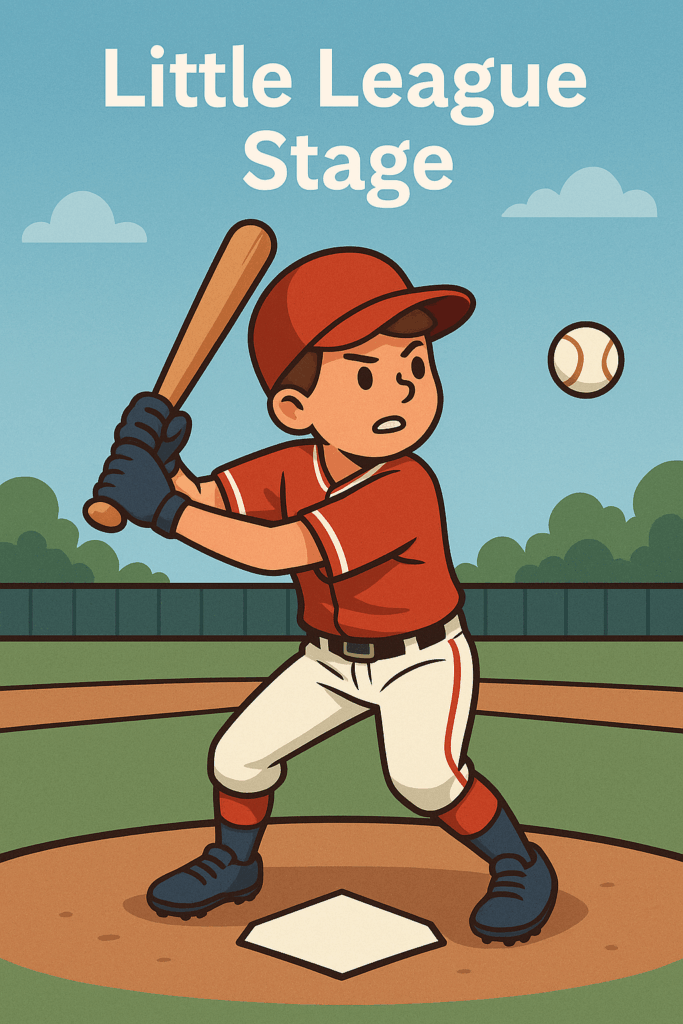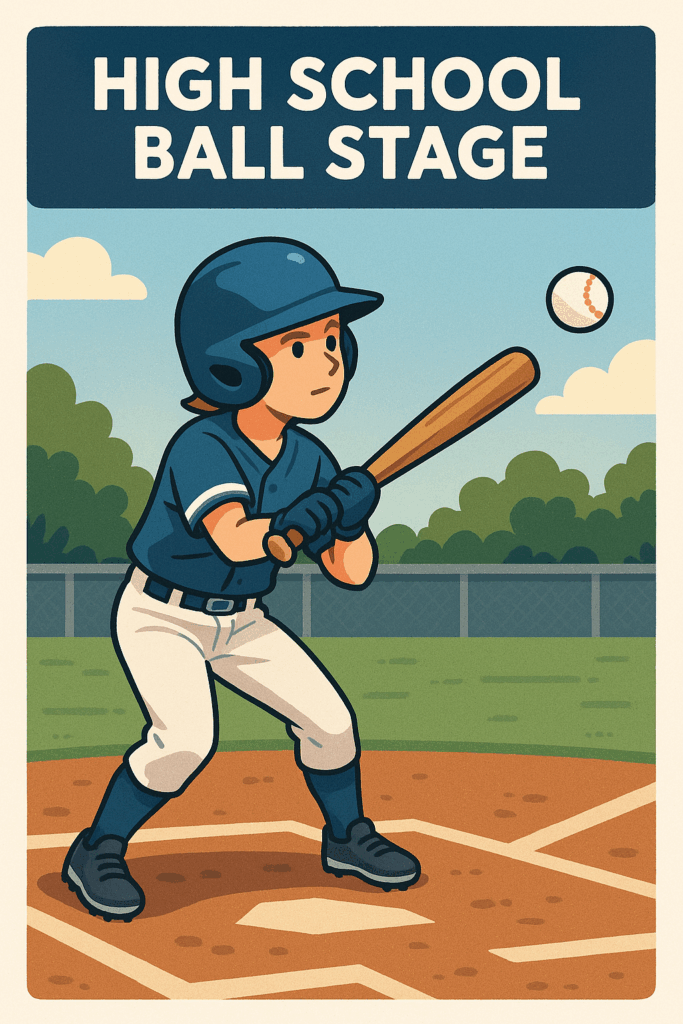Hey traders,
I’ve seen so many traders get off to a strong start. They build their watchlists, track the right setups, catch a few solid trades, and start feeling like they’re finally getting it.
It’s a great feeling, that rush of momentum early in your journey when the market starts to make sense and your screen time begins to pay off.
But then something happens.
Without warning, that progress starts to stall. Trades feel choppier. The confidence from a few green weeks starts to fade.
And slowly, without even realizing it, they slip into a loop, repeating the same trades, the same mistakes, and wondering why it’s not clicking the way it used to.
It reminds me a lot of baseball growing up.
You start on a tee, then work your way up, coach pitch, kid pitch, all the way to fastballs at 90+ mph.
At every stage, the game changes.
What worked in one league won’t carry you through the next. The speed is different. The pressure feels heavier. Your fundamentals get tested.
Trading is no different.
At a certain point, the real challenge isn’t just knowing the patterns, it’s knowing how to evolve when the game around you speeds up.
If you’ve been stuck or second-guessing yourself lately, this might be a sign that you’re ready for the next league.
Take a second and be honest with yourself: what level are you really at right now, and what would it actually take to get to the next one?

T-Ball Stage: The Learning Loop
- You’re still figuring out what a good setup even looks like.
- Your focus should be on journaling, watching replays, and refining your process.
- Trade small, lose small, and study why.
Goal: Build pattern recognition and emotional awareness, not profits.

Little League Stage: Controlled Reps
- You’ve got a few go-to patterns.
- You size up slightly, only on your best setups.
- You start saying “no” more than “yes”
Goal: Prove consistency with limited risk. Avoid the overtrading trap.

High School Ball: Size with Skill
- You’re seeing the setups before they break out.
- You can time entries and exits with better precision.
- Your risk/reward makes sense, and you’re sticking to it
Goal: Increase size only when the edge is real. Don’t rush this step.

The Majors: Patience and Pressure
At this point, setups don’t just “look” good; they fit into the bigger picture.
You’re willing to wait all week for the right trade. You’re measuring how your edge fits into the market cycle, not just on the chart.
Goal: Scale smart. Know when to push and when to protect. You’re playing against bigger players now; every mistake costs more.
I get asked a lot: “How do I know what level I’m at?”
The honest answer is that your habits tell the truth more than your P&L.
If you’re revenge trading, jumping in without a plan, or swinging every pitch… you’re probably still at T-ball, but that’s where we all start.
But you’ve got to be real with yourself if you want to move up.
When I hit my first million, it wasn’t because I found some secret setup. It was because I cleaned up my bad habits and focused on only the trades that fit my playbook. That’s when things started compounding.
If you want to move up, start by mastering where you are right now.
Don’t rush to the next level just because you’re bored or frustrated. Trust me, those emotions are expensive.
But once you’ve earned it, you can size up with intent. Let your best setups carry you. And play like you belong in the big leagues, because you do.
Track your top 3 highest-conviction setups over the next two weeks. Journal why you entered and how it played out. That’s the fastest way to tighten your game.
Welcome to the game,
Jack Kellogg
